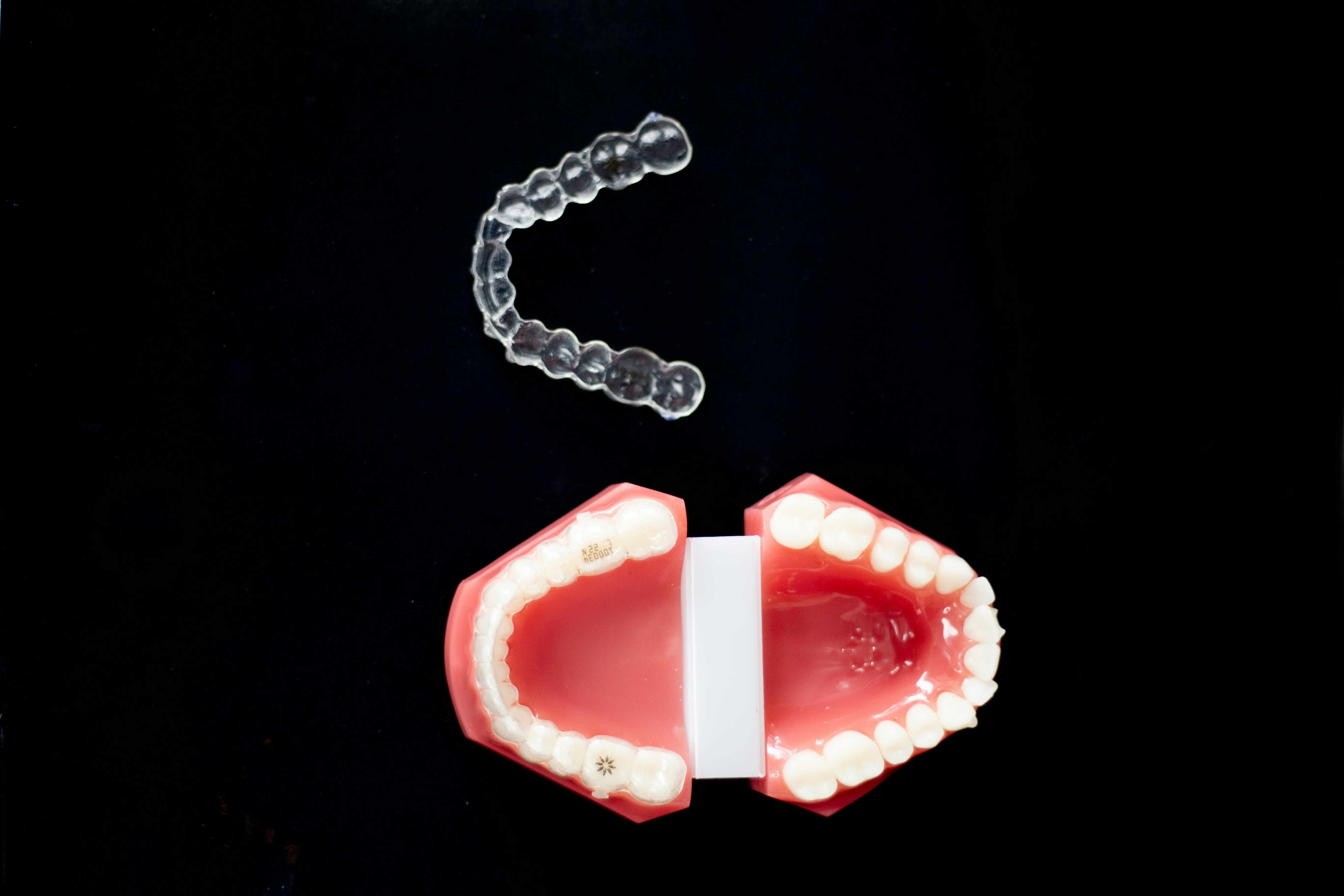Bioplastic Orthodontics: Revolutionizing Dental Care with Eco-Friendly Solutions
Are you ready for a dental revolution that's as good for your smile as it is for the planet? Imagine braces made from corn, or retainers crafted from castor oil. Welcome to the world of bioplastic orthodontics, where cutting-edge dental care meets environmental sustainability. This groundbreaking field is reshaping the future of oral health, offering patients eco-friendly alternatives without compromising on quality or effectiveness.

Enter bioplastics: innovative materials derived from renewable biomass sources such as vegetable fats, corn starch, and recycled food waste. These eco-friendly alternatives are biodegradable, reducing the environmental impact of orthodontic treatments while maintaining the high standards of care patients expect.
The Science Behind Bioplastic Orthodontics
At the heart of bioplastic orthodontics lies a sophisticated blend of biology and materials engineering. Scientists have developed methods to extract and process natural polymers from plant-based sources, creating materials that mimic the properties of conventional plastics used in orthodontic appliances.
One of the most promising biomaterials in this field is polylactic acid (PLA), derived from corn starch or sugar cane. PLA offers excellent biocompatibility, meaning it’s well-tolerated by the human body, and it possesses the strength and flexibility required for orthodontic applications. Researchers have also explored the potential of polyhydroxyalkanoates (PHAs), biodegradable polyesters produced by microorganisms, which show promise in creating durable yet environmentally friendly dental devices.
Benefits Beyond the Environment
While the environmental advantages of bioplastic orthodontics are clear, the benefits extend far beyond ecological considerations. Patients opting for bioplastic braces or aligners may experience reduced risk of allergic reactions commonly associated with metal braces. The biocompatibility of these materials can lead to improved comfort and potentially faster treatment times.
Moreover, bioplastic orthodontic devices often offer enhanced aesthetics. Many bioplastics can be engineered to be transparent or tooth-colored, providing a more discreet treatment option for patients concerned about the appearance of traditional metal braces.
Challenges and Future Directions
Despite the promising advancements in bioplastic orthodontics, challenges remain. Ensuring the long-term durability and stability of bioplastic materials in the oral environment is crucial. Researchers are continually working to improve the mechanical properties of these materials to match or exceed those of conventional orthodontic plastics.
Another hurdle is scalability and cost-effectiveness. As with many emerging technologies, the initial costs of bioplastic orthodontic treatments may be higher than traditional options. However, as research progresses and production scales up, these costs are expected to decrease, making eco-friendly orthodontics more accessible to a broader patient base.
The Road to Widespread Adoption
The transition to bioplastic orthodontics represents a significant shift in dental practice, requiring education and adaptation among orthodontists and patients alike. Dental schools are beginning to incorporate sustainable dentistry practices into their curricula, preparing the next generation of orthodontists to embrace these eco-friendly innovations.
Patient education plays a crucial role in the adoption of bioplastic orthodontics. As awareness of environmental issues grows, many patients are actively seeking greener healthcare options. Orthodontists who offer bioplastic alternatives may find themselves at a competitive advantage, appealing to environmentally conscious patients without compromising on treatment quality.
Eco-Friendly Smile Facts
-
Bioplastic braces can reduce carbon footprint by up to 40% compared to traditional braces
-
Some bioplastic aligners are made from castor oil, a renewable and non-food crop resource
-
Biodegradable orthodontic elastics made from natural rubber are now available
-
Certain bioplastic materials used in orthodontics can fully decompose within 6 months in industrial composting facilities
-
Adopting bioplastic orthodontics can significantly reduce plastic waste in dental offices
As we stand on the brink of a new era in orthodontics, bioplastic innovations offer a glimpse into a future where dental care and environmental stewardship go hand in hand. By choosing bioplastic orthodontic treatments, patients can achieve their dream smiles while contributing to a healthier planet. As research continues and technology advances, we can look forward to a world where eco-friendly dental care becomes the norm, not the exception. The future of orthodontics is green, and it’s smiling back at us.





